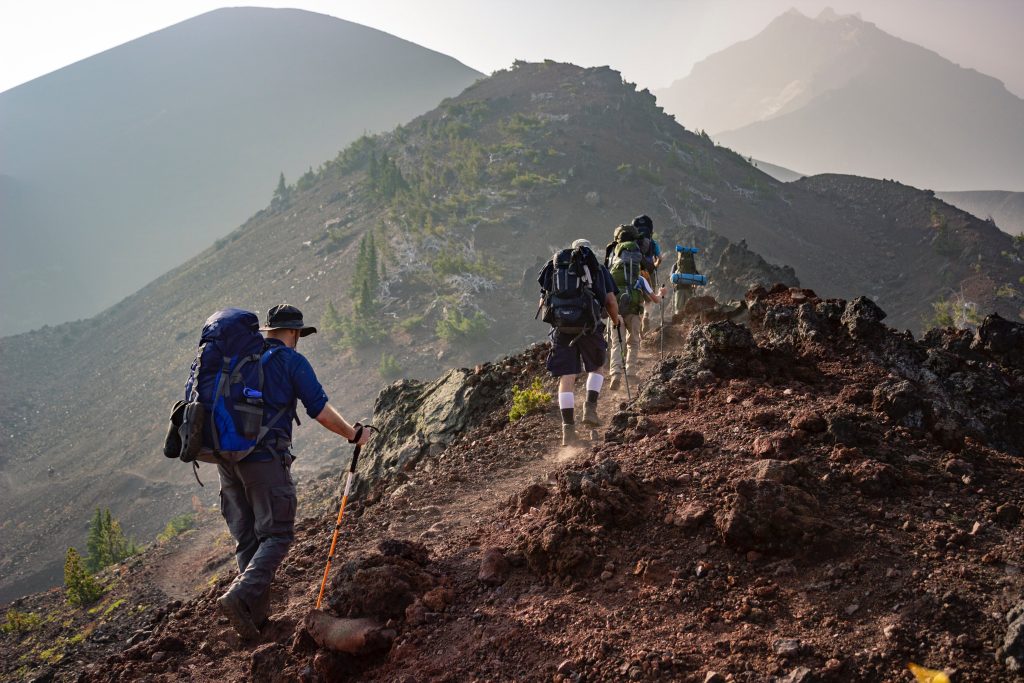
Embrace the thrill of adventure and the restorative power of nature by planning a yearly hiking trip. It’s not just a journey through trails and terrains, but a path to rejuvenating your mind and body. This guide is your compass to navigate through the essentials of a hiking expedition. From selecting the ideal destination to packing the right gear, and understanding the nuances of hiking, we’ve got you covered. Let’s step into the wilderness with confidence and excitement, geared up to make the most of your annual escape into the great outdoors.
Selecting Your Hiking Destination
Choosing the right hiking destination is the cornerstone of your adventure. Start by considering the trail’s difficulty level – are you seeking a serene walk or a challenging trek? Factor in the scenery you wish to immerse in, be it lush forests, majestic mountains, or serene lakes. Accessibility is key too; ensure the trail aligns with your travel plans and physical capabilities.
Dive into research – read up on trails, check hiker reviews, and consult local hiking groups or forums. Familiarize yourself with the weather patterns of the region, as they can significantly impact your hiking experience. Understanding seasonal changes, potential weather hazards, and the best time of year to visit will help you plan a safe and enjoyable trip. Remember, a well-chosen destination sets the tone for your entire hiking journey, so take your time to pick a trail that resonates with your spirit of adventure.
Essential Gear for Hiking
Equipping yourself with the right gear is essential for a successful hiking experience. Start with a sturdy backpack, tailored to the length of your hike and capacity needs. Footwear is pivotal; invest in quality hiking boots or shoes that offer comfort, support, and grip. Apparel should be weather-appropriate, breathable, and layered for adaptability to changing conditions.
Navigation tools are your lifeline in the wilderness. A reliable GPS device, a physical map, and a compass are must-haves. For those unexpected late evenings or emergency situations, a dependable light source is crucial. Purchase rechargeable spotlight flashlight offering longevity and powerful illumination, which is crucial for night hikes or in low-visibility conditions. This not only ensures your safety but also provides a sense of security when the sun dips below the horizon.
Physical Preparation and Training
Preparing your body for a hike is as important as packing your gear. Start with a fitness regime that strengthens your legs, core, and endurance. Exercises like squats, lunges, and cardio activities such as running or cycling can build the necessary stamina. For more rigorous hikes, incorporate hill or stair climbing into your routine.
Begin your training well in advance, gradually increasing the intensity to acclimate your body. It’s not just about muscle strength but also about building stamina and flexibility to navigate various terrains comfortably. Proper physical preparation minimizes the risk of injury and enhances your overall hiking experience, making your adventure both enjoyable and rewarding.
Nutrition and Hydration Strategies
Proper nutrition and hydration are key to a successful hiking trip. Plan your meals to include energy-rich foods that are also lightweight and easy to carry. Options like trail mix, energy bars, dried fruits, and nuts provide quick, sustained energy. For longer hikes, add portable items like sandwiches, jerky, or pre-packed meals.
Hydration is crucial, so carry enough water and consider using a hydration pack for easy access. In addition, electrolyte supplements can help replenish salts lost through sweating. Remember, your food and water needs increase with the physical demands of hiking, so pack accordingly to maintain energy and hydration levels throughout your adventure.
Safety Measures and Emergency Preparedness
Safety should be a top priority on any hiking trip. Always inform someone about your hiking and camping route and expected return time. This basic step can be lifesaving in case of an unexpected emergency. Equip yourself with a basic first aid kit, including items for treating minor injuries and ailments.
Familiarize yourself with basic survival techniques and what to do in case of getting lost. Carrying a whistle, a fire starter, and a signal mirror can be invaluable. Be aware of the wildlife and terrain specific to your hiking destination and understand how to respond to any potential dangers or challenges you may encounter.
Respecting Nature and Leave No Trace Principles
Embrace the Leave No Trace principles to respect and protect the natural environment during your hikes. This means traveling on established trails, disposing of waste properly, leaving what you find, and minimizing campfire impacts. Practicing these principles ensures we preserve the beauty and integrity of nature for future hikers.
Wrapping Up
To sum up, a successful yearly hiking trip hinges on thorough planning, from selecting your destination to preparing the right gear and nutrition. Remember, your adventure is not just about reaching the destination, but also about respecting nature and leaving a minimal footprint. Ready, set, hike!
The post Planning a yearly hiking trip? Here’s the only guide you’ll need appeared first on Travel Experta - Travel, Lifestyle, Freedom.
------------------------------------------
Title: Planning a yearly hiking trip? Here’s the only guide you’ll need
Sourced From: travelexperta.com/yearly-hiking-trip-guide/
Published Date: Tue, 05 Dec 2023 19:02:25 +0000
Did you miss our previous article...
https://consumernewsnetwork.com/travel-news/navigating-your-way-to-the-perfect-cruise-holiday






